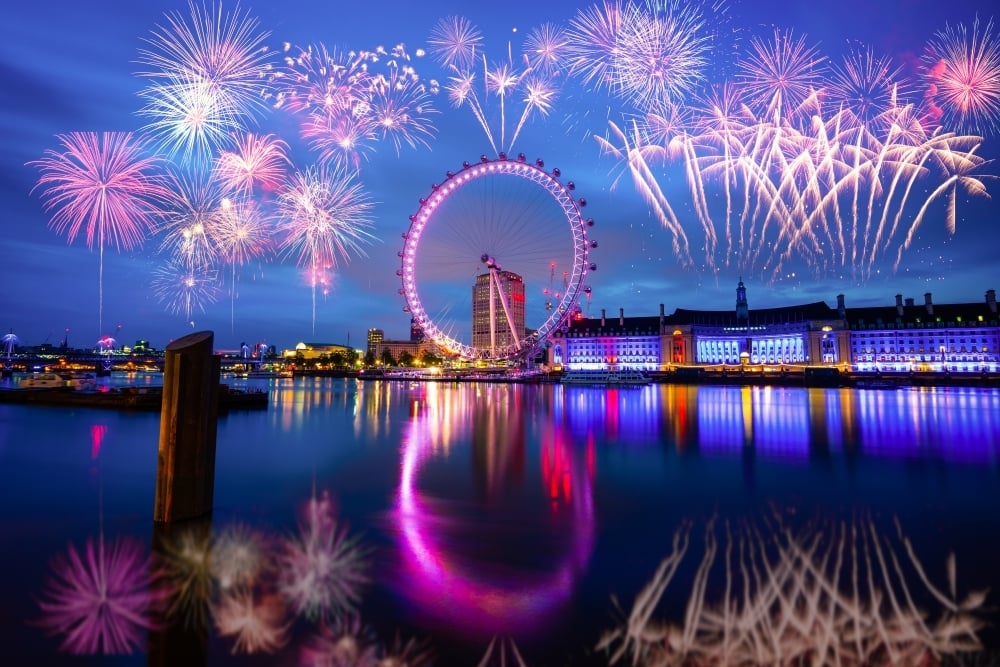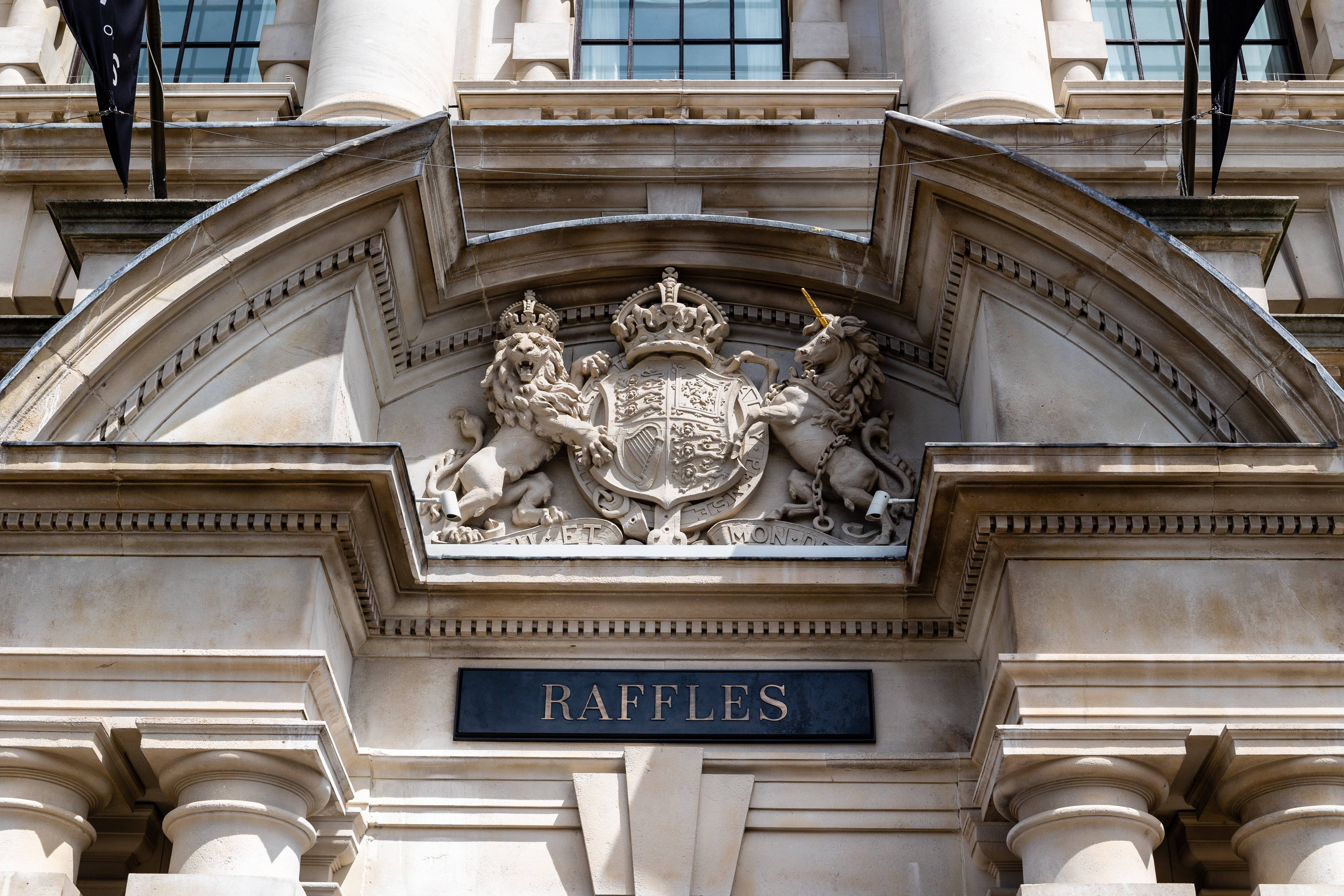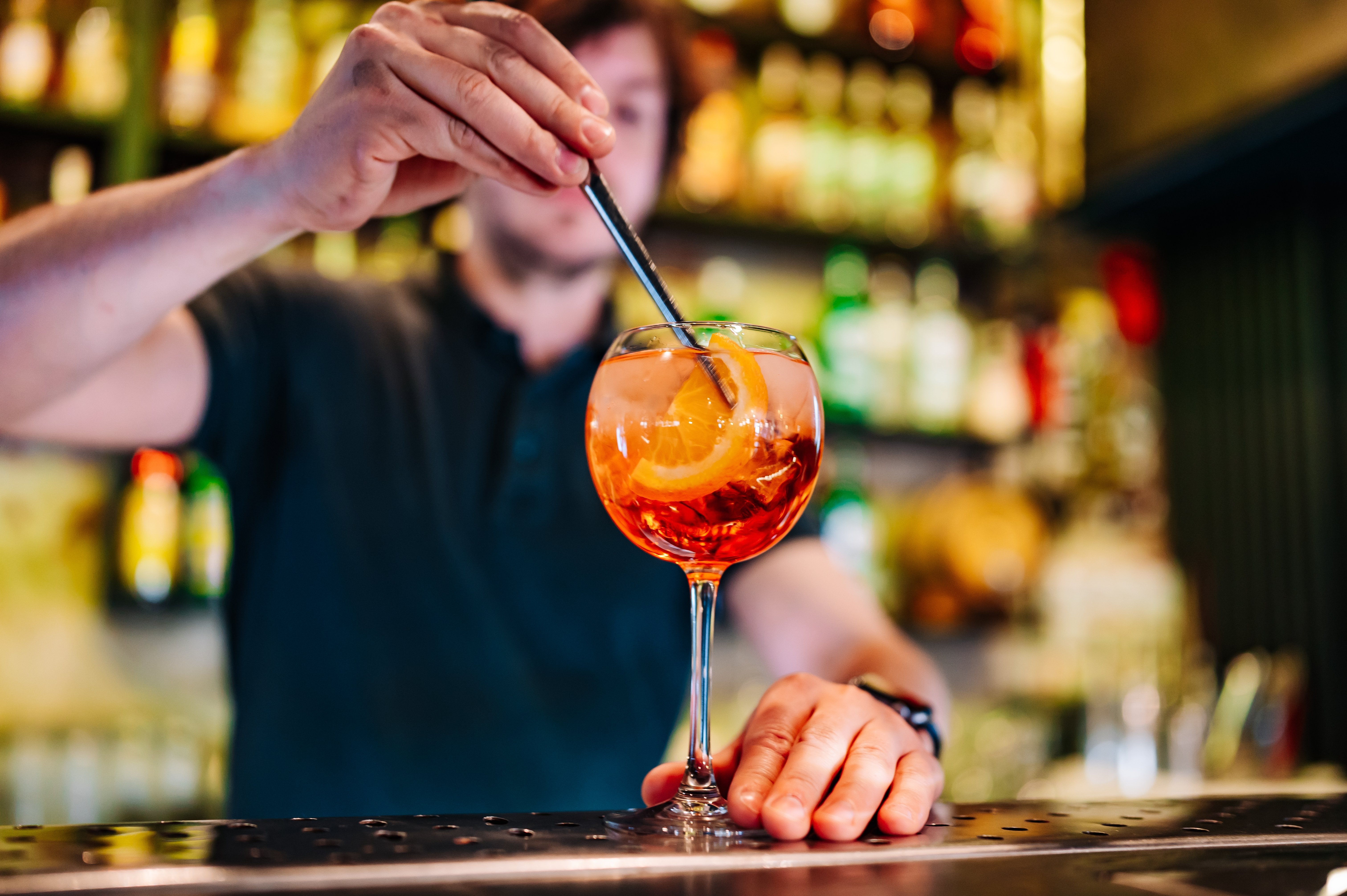Bohemian London – The Best Things To Do In Notting Hill
While its global fame was cemented by a certain 1990s romcom showcasing the beauty of the area, Notting Hill’s appeal has run deep for centuries. Rooted in one of West London’s artistic neighbourhoods, pastel-painted terraces, antiques dealers, boutique designers, independent markets, and hidden garden squares offer the ultimate blend of affluent living that makes this area one of London’s most enchanting and desirable addresses.
Boasting a village-like community amongst a postcode that contains some of West London’s most enviable streets and residences, Notting Hill is every bit the idyllic city neighbourhood. Wandering along leafy-green streets, past immaculately painted houses and park railings with well-manicured lawns, is a soothing pastime when visiting, but for those looking to settle or explore the neighbourhood’s biggest attractions, the following ought to be considered.

Portobello Road Market
Stretching over two miles through the heart of the neighbourhood, this iconic street market has been a fixture since the 19th century and is a massive attraction for visitors from across the world. Though it operates throughout the week, for the full experience, visiting on the weekend is best. Divided across five distinct sections from antiques to fashion, produce, and street food, as well as boasting its own entertainment space and bar, every corner of Portobello Road Market begs to be explored.
Collectors and casual browsers alike will be drawn to the antique stalls, packed with items from polished silverware to centuries-old clocks. For those who appreciate more thrifty items, there are plenty of stalls showing off vintage clothes, vinyl records, handmade jewellery, and fresh produce for sale. But one of the cornerstones of the market is the row of street food vans and kiosks, offering everything from Jamaican jerk chicken to Venezuelan arepas, which have kept the place a hotspot for the local community both day and night, every day of the week.
Step Back in Time at Leighton House Museum
Venturing a short distance south into neighbouring Kensington, visitors will find one of the most extraordinary houses in London. Leighton House was built in the late 19th century as the private residence of Victorian artist Lord Frederic Leighton, now serving as a museum of his fusion of artistic influences. Through the combination of both architectural touches and Leighton’s unique style, the house is a world away from the facades of Notting Hill’s terraces.
The heart and soul of the place is the Arab Hall, a lavishly decorated space inspired by Leighton’s travels through the Middle East, adorned with Islamic tiles, a golden dome and a central fountain that transports visitors. Other notable exhibits include Leighton’s studio, the grand staircase and a series of interconnected salons and galleries filled with paintings, sculptures, and other paraphernalia, for a timeless glimpse at the life of Victorian aristocracy in all its splendour.
Visit Holland Park and The Kyoto Garden
Holland Park is one of west London’s most enchanting green spaces. A beautiful enclosed area that is bordered by some of West London’s most desirable homes, this expanse that’s part formal garden, part romantic woodland, is one of the city’s quietest parks and perfect for those wanting a leisurely stroll away from Notting Hill’s busy streets.
Gifted by the city of Kyoto in 1991 to celebrate the friendship between Japan and the UK, the Kyoto Garden is the epitome of Zen. Fleshed out with tiered waterfalls, stone lanterns, and koi-filled ponds, this immaculately garden offers a moment of calm away from the big city. Whilst peacocks strut confidently around, visitors taking in the beauty of the gardens will wonder whether they have been transported to a delightful corner of the far east.
Electric Light Cinema
Located on Portobello Road, the Electric-Light Cinema is one of the oldest working picture houses in the UK and has been lavishly restored to offer a truly memorable experience. Originally built in 1910, this is a cinema that redefines comfortable viewing, with full-size leather armchairs, footstools, cashmere blankets, and even double beds in the front row for viewers to fully stretch out during screenings.
Its a comfortably old world affair, from the deep red velvet furnishings, to the gilded bar that serves cocktails to seat mid-film. Programming is carefully curated to balance major new releases with independent films and documentaries, with the occasional special screening with attendance from stars and filmmakers. In complete contrast to the towering screens and speakers of the likes of the BFI and Dolby theatre, The Electric Light Cinema resurrects some of the old glamour of West London for today's audience.
St Luke's Mews and Notting Hill Bookshop
Tucked away just off Westbourne Park Road, St Luke’s Mews is picturesque beyond what one would expect. The street became famous through its appearance in the iconic British romantic comedy, Love Actually, fans of which should instantly recognise the pink house used in one of the film’s most famous scenes. With its cobbled stones and rows of pastel-fronted mews houses, it is a charming detour from the crowds of Portobello Road, for a chance to appreciate some of the area's more romantic elements.
A short walk away lies the equally beloved Notting Hill Bookshop. Once a modest independent retailer, it was made famous by the 1999 film Notting Hill. Whilst it retains all the charm of a well-curated local bookshop, the blue-fronted shop is one of the most popular spots in the area. Smaller than it may appear on film, visitors will find that once they step inside, the shop has a well-stocked selection of books and a strict donations policy upon entry, ensuring this cherished local landmark continues to survive in its current form and is enjoyed by all.
The Museum of Brands
Tucked down a mews street off Lancaster Road, this lesser-known institution offers a surprisingly nostalgic trip through Britain’s consumer history. The core exhibition is the “Time Tunnel”, a walk through the evolution of packaging, advertising, and product design from Victorian times to the present. It’s one of Notting Hill’s most curious attractions, providing a very different sort of activity for those exploring the area, but certain to make visitors appreciate it in a different light, given the insightful subject matter.
Seasoned Anglophiles will enjoy throwbacks to some of the country’s most captivating advertisements, from wartime Oxo cubes and vintage chocolate wrappers, to the first mobile phones and 1980s cereal mascots. The Museum of Brands is a timeline of everyday life told through the lens of the consumers, sparing no scrutiny over the fundamentals of product design, consumerism as a societal trope, and sustainability.
Property for sale in Notting Hill is highly sought-after, with three-bedroom properties in the area particularly in demand. Thanks to its strong global recognition, the area also enjoys a relatively strong rental market, with high-net-worth individuals who want to spend time in the city increasingly choosing Notting Hill thanks to its abundance of amenities, some of which we have outlined today.



